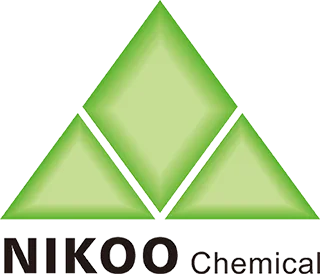Conscious Candle Craft - Prioritizing Sustainability, Ethics, and Health
The modern candle buyer increasingly considers the broader impact of their purchase. Selecting a scented candle thoughtfully involves evaluating sustainability, ethical practices, and potential health implications.
- Sustainable Sourcing & Materials:
- Wax Origins: Prioritize renewable, biodegradable waxes: Soy (non-GMO, US-grown is a plus), Coconut, Rapeseed, Beeswax (sustainably harvested). Avoid paraffin (petroleum-derived). Check for certifications like RSPO for palm-derived components (if used minimally in blends).
- Wicks: Choose 100% cotton, paper, or sustainably sourced wood (FSC-certified). Avoid wicks with lead cores (largely phased out but be vigilant). Look for "lead-free" and "cotton" or "wood" wick descriptions.
- Fragrance Oils: Opt for phthalate-free and paraben-free formulations. Phthalates are plasticizers linked to health concerns, often used to make fragrances last longer. Some brands use essential oils (though often blended for throw). Look for transparency about ingredients.
- Essential Oils: If used, ensure they are ethically sourced (fair trade) and derived sustainably.
- Dyes: Many high-quality candles are undyed (natural wax colour) or use minimal, non-toxic dyes. Avoid heavily dyed candles if concerned.
- Eco-Conscious Production & Packaging:
- Manufacturing: Support brands using renewable energy, minimizing waste, and reducing carbon footprint. Look for B-Corp certification or similar.
- Packaging: Minimalist, recyclable, or compostable packaging is ideal. Avoid excessive plastic. Reusable tins or boxes are a bonus. Brands using recycled materials (glass, cardboard) score highly.
- Vessel Reusability: A key factor! High-quality glass, ceramic, or metal vessels designed for repurposing (plant pots, pen holders, storage) significantly reduce waste. Choose vessels you love enough to keep.
- Local Sourcing: Supporting local artisans reduces transportation emissions.
- Health & Indoor Air Quality:
- Clean Burning: As discussed, natural waxes (soy, coconut, beeswax) and proper wicks produce significantly less soot and fewer potentially harmful VOCs and toxins than paraffin.
- Ventilation: Always burn candles in a well-ventilated room. Avoid burning for excessively long periods (4 hours max is often recommended).
- Wick Trimming: Crucial for health! Trim wick to 1/4 inch before every light to minimize soot and flickering. Long wicks cause incomplete combustion and excessive smoke.
- "Non-Toxic" Claims: Be discerning. Look for specifics (e.g., "phthalate-free," "paraben-free," "made with essential oils") rather than vague marketing terms. Research brands committed to transparency.
- Ethical Considerations:
- Artisan & Small Batch: Supports independent makers and craftsmanship.
- Fair Labor: Choose brands committed to fair wages and safe working conditions throughout their supply chain. Look for Fair Trade certifications where applicable.
- Cruelty-Free & Vegan: Ensure no animal testing and no animal-derived ingredients (like beeswax, stearic acid from tallow - though vegan alternatives exist) if this aligns with your values. Beeswax is inherently not vegan.
Why this matters: Choosing consciously allows you to enjoy the sensory pleasure of scented candles while aligning your purchase with your values. It reduces environmental impact, supports ethical practices, promotes better indoor air quality, and contributes to a more sustainable and responsible industry. It transforms candle selection into an act of mindful consumption. Look for certifications (e.g., Clean Label Project, Leaping Bunny, FSC, B-Corp) as guides, but also research brand practices.

Phone: +86 20 36028881
Fax: +86 20 36550567
Email:rebecca@nikoochem.com
WhatsApp: +86 13822397763
Add: No 1718, Airport Rd., Yuncheng St., Baiyun Dist., Guangzhou City, Guangdong, China 510000
